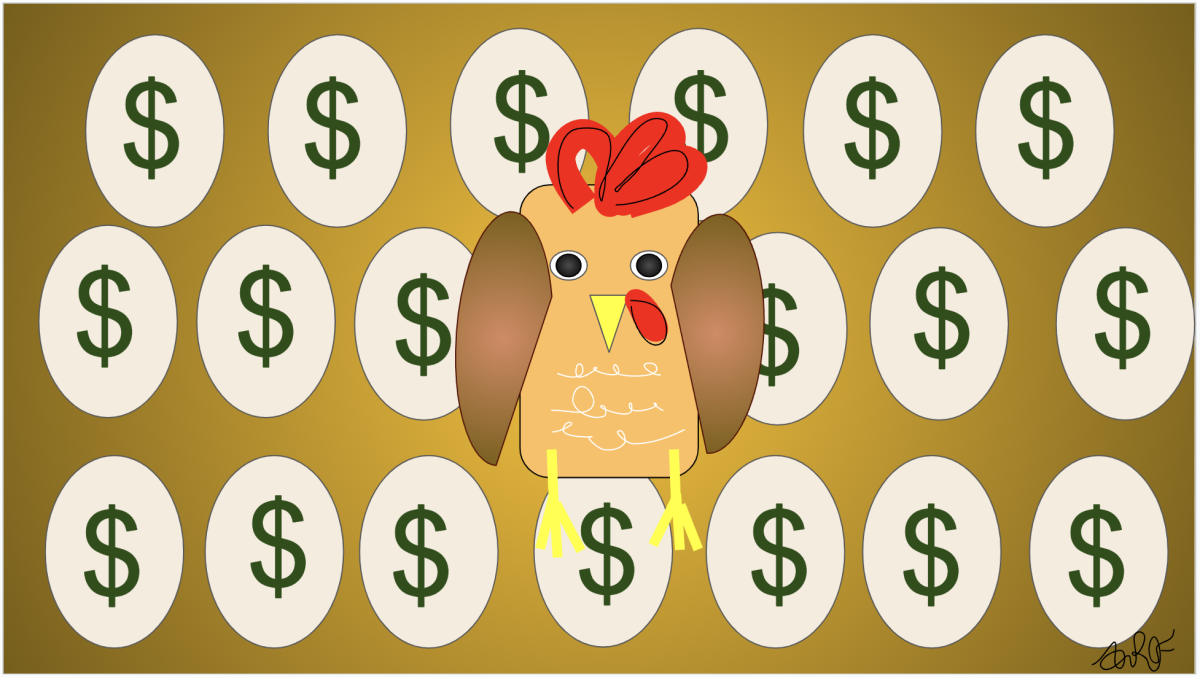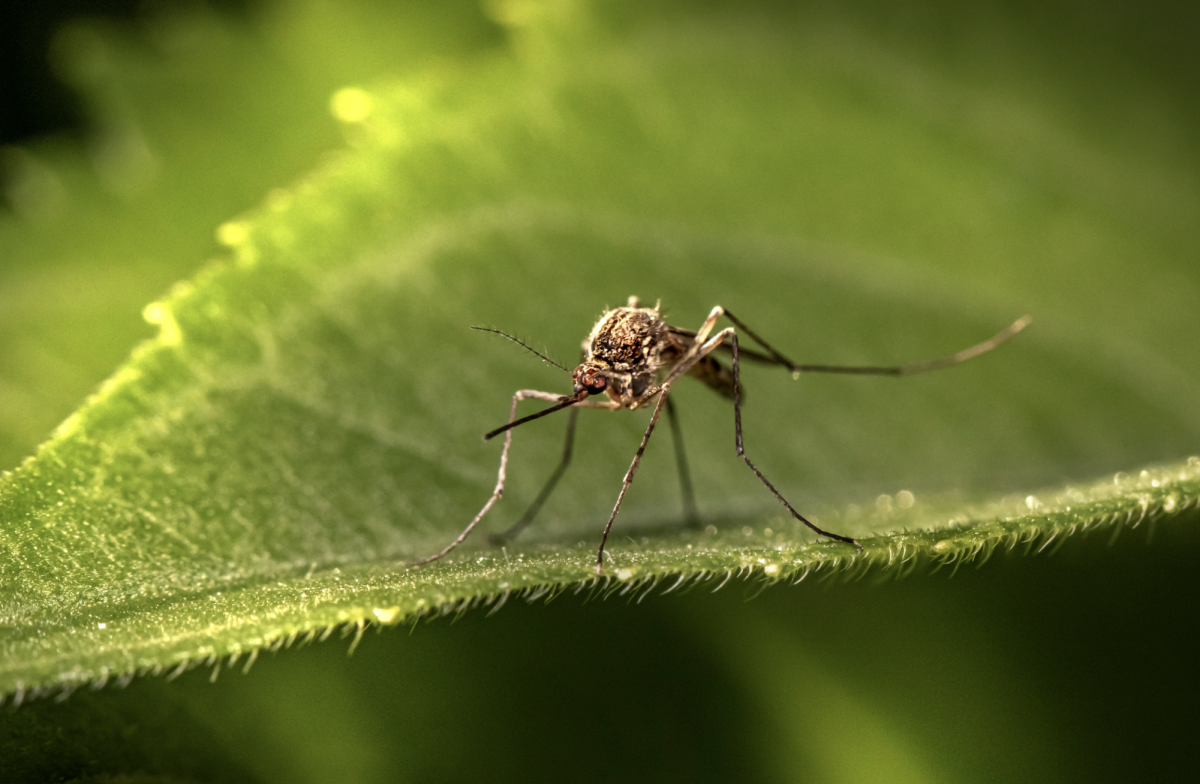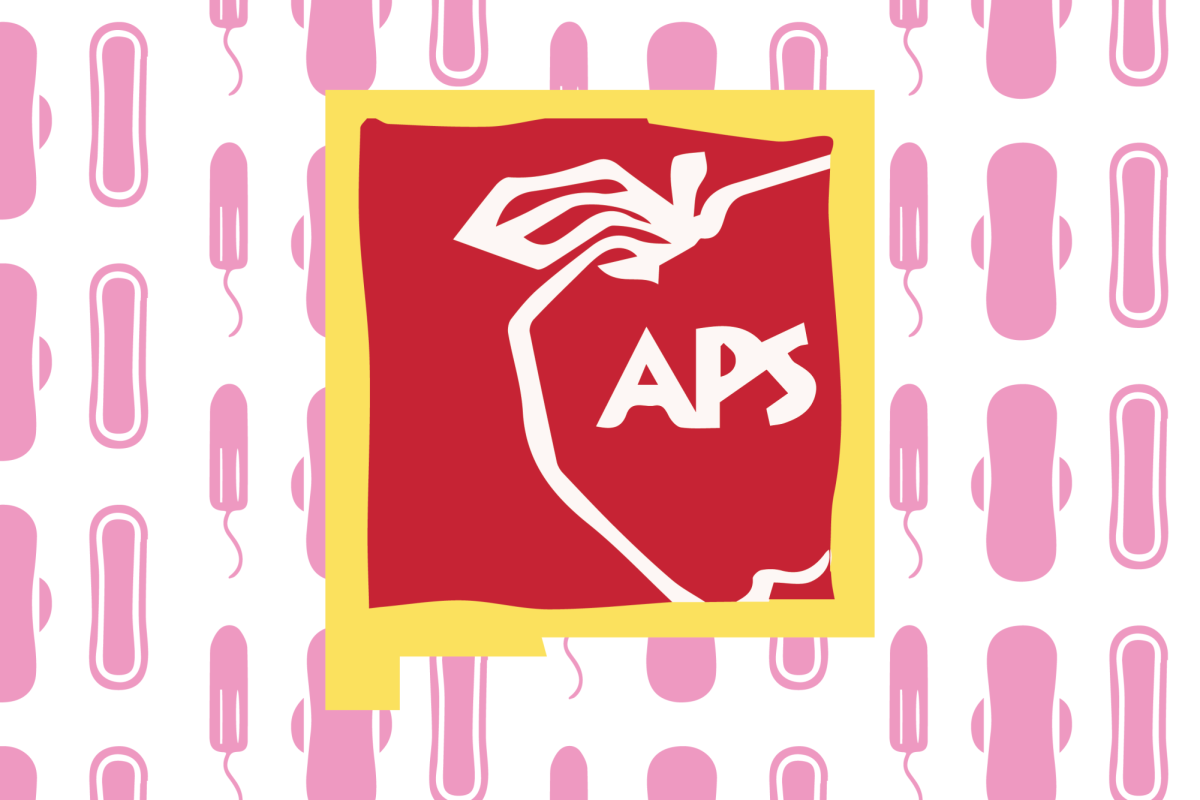What can you purchase for $5.00? A jar of peanut butter? Sure. A bag of apples? Yep. A dozen eggs? Nope. You may have noticed that egg prices are rapidly increasing in the U.S. (Eggs used to be around two dollars but are now more than 6 dollars on average). While general inflation is to be expected, it seems that eggs have strayed off of that regular path. According to The Independent, “The cost of one dozen Grade A eggs has grown a staggering 84 percent since the beginning of 2024.” The cost of food overall has only increased 3 percent from March 2024 to 2025.

Avian flu has drastically decreased chicken populations in the U.S., with over 20 million chickens dying in the previous quarter. A highly contagious disease that “has spread from wild birds into poultry, dairy cattle, domestic cats and many species of wildlife throughout the United States,” even infecting humans, it has been in the U.S. since at least the mid-1920s. And yet, only now do we witness its most severe effects on the U.S. economy and agriculture. The reason for this may have to do less with the disease itself and more with how chicken rearing has changed over time.
Commercial chicken farming involves what are called battery cages, where chickens are packed one on top of the other in bars. This system allows disease, once introduced, to spread very quickly. Some less confined chicken farms also allow their chickens to be outside, where they can ingest pathogens. In both cases, American chickens are easily infected. When chickens are infected, they cannot really be cured and are euthanized. While in Canada, small farms allow the disease to be contained, much larger American commercial farms aren’t as well-prepared for this issue. “American farmers have put a lot more of their eggs in a relatively small number of baskets,” says Scott Horsely in NPR.
But, avian flu deaths do not fully explain such high egg inflation. An article in Slate, citing the investigation of a group called Farm Action, notes that “Despite the wipeout infestations and mass euthanizing, Farm Action alleges the size of egg-laying flocks in 2025 are, on average, only about 5 percent smaller, on a month-to-month basis, than they were in 2021.” The article goes on to explain that Cal-Maine Foods, which controls about 20 percent of American egg distribution, has seen a disturbingly high increase in profit, with margins expanding around 800 percent since winter during 2022– something that has gotten the Department of Justice involved . “These companies have a history of using any sort of supply chain disruption to price gouge consumers,” says Farm Action leader Angela Huffman. Therefore, even though lots of chickens are being lost, the companies are inflating these prices to more than make up for this issue.
So, the egg shortage is caused by many features of the American poultry industry–both unsanitary raising conditions and corporate greed.
The problem of high egg prices goes back to the age-old American question of when to control capitalism and monopolies and when to allow for laissez-faire policies. There seems to be hope that the egg inflation era will come to an end; as fewer people buy eggs due to high cost, egg prices decrease. In addition, Trump has instituted a response procedure to the avian flu worth one billion dollars. However, prospects of government intervention to control egg prices directly don’t look the best due to Trump’s historically conservative economic policies and refusal to acknowledge the true scale egg prices, saying just a few days ago that “the cost of eggs has come down like 93, 94% since we took office.” This claim is not true.
Will more people adopt backyard chickens? Perhaps. Or will we just make due with alternatives to eggs? Will we lose eggs entirely like the Gros Michel banana? Perhaps the solution is to use consumer spending as a weapon to combat corporate power. Maybe, purchasing from smaller farmers, though more expensive than factory eggs, can help ensure both animal welfare and egg prices that are proportional to supply. We, as consumers, will have to see.









